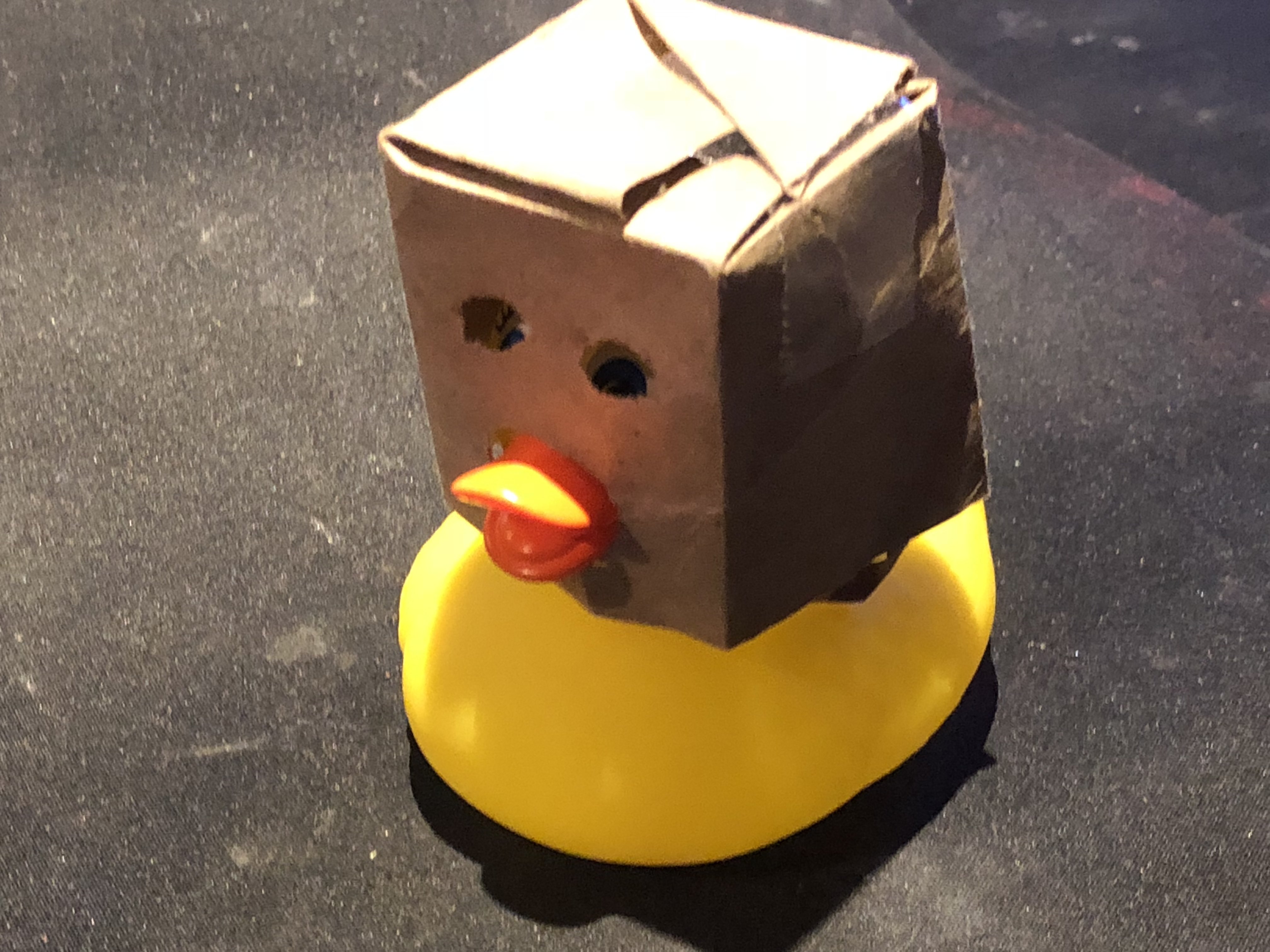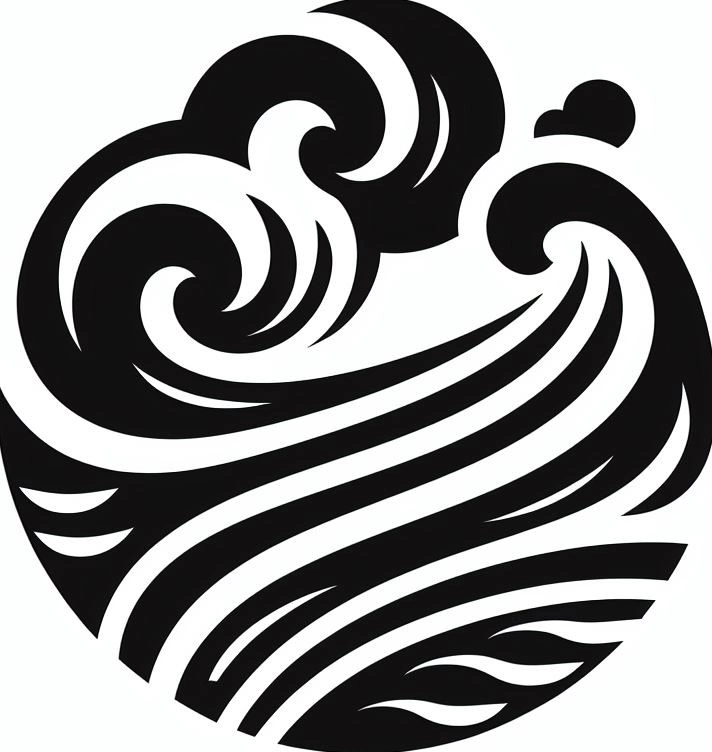I will spend around 4 weeks in far-north Scandinavia. I am wondering what I should take there. I am expecting freezing weather and little daytime. I will do some outside work, also in the snow, e.g. some builsing maintainance and cleaning snow.
I have not been that far north yet, so what kind of clotting should I bring specifically? Also, are there some general things I should consider?
Northern scandinavian, here.
This depends on where specifically. Near the ocean it’s not that cold at the moment (well, depends what you’re used to, I guess. I get around fine with t-shirt and a light jacket. Temp varies between 5C and 15C nowadays.But in general, I suggest you bring a sweater , some woollen socks, and a jacket that can handle rain/slush/snow. Staying dry means staying warm. Dressing with layers is better than one thick coat.
Snow will set in soon, though, so if you’re going to be working outside I recommend some gloves. Preferably two pairs, so one can dry off while you’re wearing the other pair.
May I ask where specifically you’re going? Coast vs inland makes A LOT of difference. Humidity can make 5C near the coast feel colder than -20C inland. Plus wind isn’t as much of a factor far away feom the ocean.
I will be in northern Finland, not costal. In the Lapland regions center more or less.
In that case you can expect relatively little humidity. While the cold will feel biting on your skin, it won’t be that bad, provided you stay layered and dry. Avoid sweating, or this will change!
If you’re shoveling snow, dress down once you get your blood pumping.
Don’t forget to bring your Christmas wish list for Santa in Rovaniemi then.
Layers are important for your clothing. You don’t want to get too hot if you’re working outside. Breaking a sweat will make you freeze, so you need to be able to adjust throughout the day.
Layers are key. Noting beats real wool.
Use mittens, not gloves. Gloves suck.
Mittens take away too much dexterity for many things. But a 3-finger glove is the perfect compromise: https://www.snowsportprofessionals.com/wp-content/uploads/2017/11/8272aca90cb09ec2c85ef324e10933f57f500daf.jpg
Northern Canadian here. Your worst enemy in the cold is wetness. As others have said, layers are key. Silk and wool are top of the list, but synthetics are okay, too. Silk and wool are expensive, synthetics are cheaper. Do NOT wear cotton. Cotton gets wet and stays wet. It truly sucks in cold weather.
Sweating makes you wet. You have to match your layering to your activity. If you are going to be active, don’t overdress. You should feel chilly when you first start your activity. A common trick is to layer up, then take off your parka to do physical activity, then put it back on when you are done with the activity. Some jackets have pit zips that you can open to shed excess heat. If you are going to sweat, plan it so that you end up indoors somewhere you can dry out. Don’t sweat and then plan to stand around or sleep outside.
If you are going to be mostly standing around, you need big, bad-ass Baffin-style boots, which are heavy. If you’ll be moving around, you can use insulated hiking boots and wool socks. Bring extra underwear and socks because they get wet.
Mitts and a touque are mandatory. Bring two sets because they get wet. Gloves are much less warm than mittens. You can layer that, too. A very thin synthetic glove inside of a mitten works when you need to take off your mitts to work on stuff. It is also worthwhile to get a thin, synthetic balaclava to help prevent wind burn and frost bite. Fingers, toes, and cheeks are the most susceptible to frost bite.
Grow out your beard if you are a dude.
In terms of less intuitive tips, as someone else said, if you start getting cold, expelling urine and faeces really does help. Also, stay hydrated. You get cold when you get dehydrated. You may not even feel thirsty, but cold air is dry air and you will get dehydrated quicker than you think in the cold. Especially if you are shoveling snow.
Shoveling snow sucks, so people tend to rush. The key is to go slow, especially if you are older. You will build up heat rapidly if you are shoveling. Avoid sweating too much, unless you have somewhere warm to dry off. Even if you aren’t shoveling, manhandling a snowblower will make you sweat heavily, too.
That was a world class answer!
Thank you. :)
Layers - get a good base layer, merino wool is the gold standard for these. You also want to get a neck gaiter, plus some merino wool socks, and some kind of cap. These will keep you warm and dry throughout most cold weather. Add more layers on top when outside, and remember to remove layers proactively if you feel yourself starting to sweat - it’s never a good idea to be wet in cold weather. The base layer will make physical exertion a pretty hot affair quite fast, so you’d be surprised how fast the sweat starts pouring.
money
Vitamin D supplements. You’re not gonna get much sunlight, and you need vitamin D not to get depressed.
The locals are used to seasonal depression. Foreigners tend to have a hard time with it.
If you can, ask someone already there. Depending on the exact type of work, they may have very specific recommendations, and they’ll have a better idea of what the climate is like than we will.
In general, you’ll want to be able to layer clothing. Start with the base layer, whose job is to be wicking away sweat.
Mid layers are for insulation, and it would be prudent to get one light sweater and one heavier sweater, maybe a third or whatever. The idea being you can increase your mid layers to stay warm but not too warm as necessary. Same for pants. Around here, I usually go for a tight base layer, a loser waffle-weave longjohns and shell blouses into boots.
Keep in mind, that layers being worn to the outside should be looser so as to not compress layers being worn closer to the body.
Patagonia makes some good, hard wearing stuff as a general brand to check out, but there far from the only one.
Hats and gloves are important, too and for gloves I’d consider getting mittens at least as one option and maybe lighter fingerless gloves to wear inside. (Or lighter gloves. Especially if it’s possible you’ll need manual dexterity)
Also, bring a book or something to read, and plenty of snacks that don’t necessarily freeze. Hydration is also important and illumination.
Try to stay away from caffeine, among other things it also constricts the blood vessels limiting circulation in your extremities.
I don’t live so far north, but good, light, waterproof boots. Of course, everything else people recommended already - good gloves, socks, jacket, and layers. But for me personally, boots would be the most important.
You going sometime soon? Around December the temps tend to plunge and Jan-Feb can be really cold, somewhere around -40C, potentially with some wind and blowing snow making it feel even colder. Highly recommend good outside set, with winter boots, gloves and the rest of clothing meant for that sort of weather, especially if you expect you would need to be outside for a while. I like the overall type pants and winter rubber boots big enough to fit wool socks in myself. :P Might be difficult to buy good quality stuff if you live somewhere much warmer. Probably worth asking whoever is hosting you for some help there. They might even have extra sets available already. Houses up there are typically very warm, so nothing special needed for inside use. Otherwise maybe a camera that is good in low light if you like to take pictures. Should get some good northern lights and stuff if you’re up there a whole month.
spikes, wool, layered clothing, reflective vest or other reflective gear…
Layers are the way to go.
- Long Underwear, a long sleeve breathable undershirt, good WOOL socks
- A sweater or other medium-thickness top garment.
- Waterproof snow pants and coat.
Good boots, preferably waterproof if you’ll be in the snow a fair amount. Definitely good so you have better grip on snowy/icy ground. Thin “liner” gloves and thick waterproof gloves to go over those. A warm hat that covers your ears (I really appreciated my trapper hat when I went to Tromsø).
Avoid cotton. Cotton is horrible at insulating if it gets wet, as opposed to wool which can keep you warm while fully drenched.
Just to add to this: Get boots with removable liners and at least one extra pair of liners. If you have a warm pair of boots, your feet will sweat if you’re active and they will get cold no matter how good the boots. Having a dry pair of liners and a dry pair of socks to change into will make your feet warm and happy. Also, remove layers before you start sweating. You’ll be cold for the first little bit but staying dry is the key to staying warm.
Good idea, but again: wool socks will stay surprisingly warm even while wet.
If you’re in the arctic circle long enough, it helps to have many options though.
For the outer layer, do not go with synthetic stuff, despite what people will tell you. An oversized Icelandic wool sweater or similar will catch snow and wind much more effectively (and dry in no time when indoors.
I usually use Gore-Tex as my outer most layer.
Inside I’ll use Merino wool and a cotton mid layer
Gin and tonic
Your wife and young son, plus a sturdy axe.
Is it innland, hige land or coastal?
It is high inland, more or less in the center of the Lapland region. In an going on January.
That’s the coldest time. Things people say about layers should be taken seriously.
If it’s windy, you’ll need to protect your face too, so bring a balaclava with you. Get one of those that have two holes for eyes. You know, bank robbery style.




